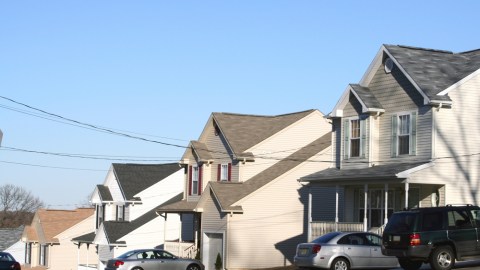What Entitlement Spending Recipients Really Look Like

This seems to be the year that the truth finally comes out about a lot of the myths in which the general public has had an enduring attachment. I don’t know if it is due to our president, who seems at first glance to be in political peril practically every day, yet manages to survive by relying on the facts of a matter instead of emotional rhetoric, or our news media, whose increased coverage of said president means they have to use more than the daily recommended allowance of truth to hold the narratives underpinning their programming together.
Entitlement spending is a perennial election year topic, one that has traditionally given Republican candidates fiery talking points and turned Democratic candidates into apologists. Newt Gingrich, a Republican candidate for the GOP presidential nomination, has gone so far as to label President Barack Obama “the food stamp president”, a moniker freighted with all the attendant imagery of the phrase “welfare queen” popularized by Ronald Reagan, even though Gingrich himself led the charge to successfully change welfare to an assistance program for the working poor.
“Why can’t we run the government on the money they take in?” is a sentiment shared by a substantial number of conservatives who would like to see the nation’s finances run on a cash basis. The simplicity of running the nation on a cash basis is seductive, but almost all the things that we believe make us Americans come from our ability to borrow large sums of money. The bullets and bayonets in World War II that made possible our victory and our subsequent status as a superpower were paid for with borrowed money. The interstate highway system that increased American mobility and made commerce more efficient was paid for with borrowed money. The original recipients of the G.I. Bill, who went on to form America’s large and prosperous post-war middle class, had their tuition grants paid for with borrowed money.
One of the oldest criticisms of democracy is that the people will inevitably drain the treasury by demanding more spending than taxes. The theory is that citizens who get more than they pay for will vote for politicians who promise to increase spending.
But Dean P. Lacy, a professor of political science at Dartmouth College, has identified a twist on that theme in American politics over the last generation. Support for Republican candidates, who generally promise to cut government spending, has increased since 1980 in states where the federal government spends more than it collects. The greater the dependence, the greater the support for Republican candidates.
Conversely, states that pay more in taxes than they receive in benefits tend to support Democratic candidates. And Professor Lacy found that the pattern could not be explained by demographics or social issues.
Even Critics of Safety Net Increasingly Depend on It
Intellectually dishonest rhetoric from right wing Republicans and like- minded conservatives over the last have helped obscure these facts and demonized the very government programs many of their constituents can’t live without. As the individual stories in this recent New York Times article indicates, it is easy for someone blame those who are dependent on government assistance for our nation’s woes until they are made to realize just how much their own lifestyle relies on federal help.





